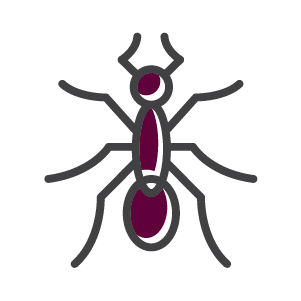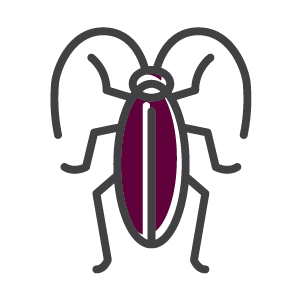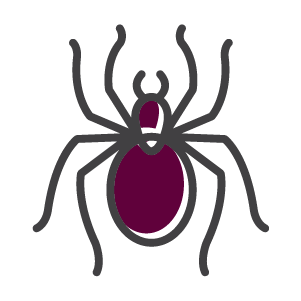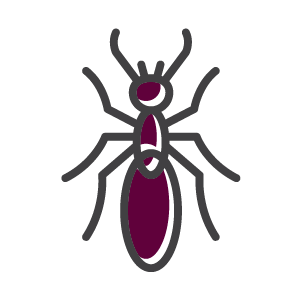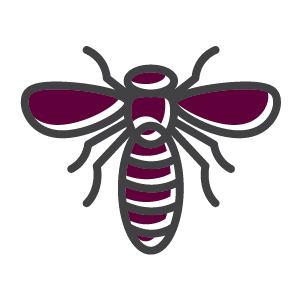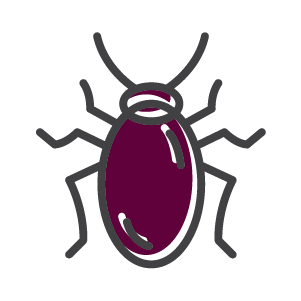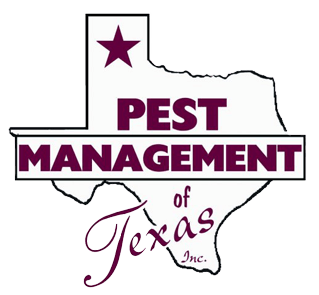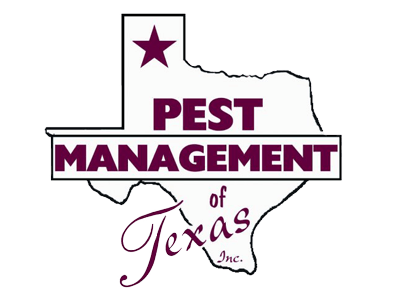Termite Pre-Treatment in Dallas
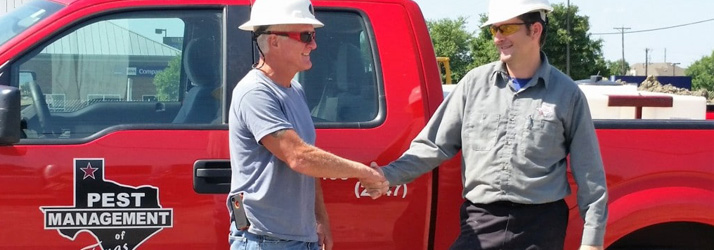
Why Risk Your Largest Investments?
As the housing and construction market continues to grow in Texas, builders are paying close attention to techniques to make their properties stand out to buyers. From lending agencies stepping up to the plate and requiring pest pretreatment in Dallas for new buildings to cities adopting the international building codes to include pretreats on all new construction from the commercial to residential sectors. Pretreatment for termites during the building phase is a new trend that can prevent the appearance of termites in all new structures. By taking early measures such as pretreatment for termites, builders can offer peace of mind to potential customers and developers.
We Implement State Of The Art Techniques
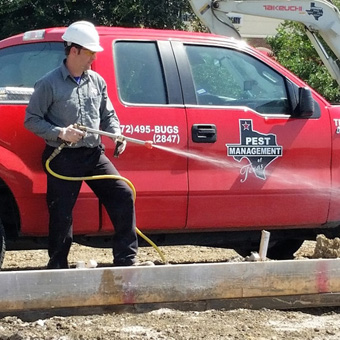
Pest Management of Texas, Inc. implements state-of-the-art techniques to apply long-lasting pretreatments to the soil before construction work begins. The primary method to pretreating a building for termites is a preconstruction horizontal soil treatment followed by post-construction perimeter treatment. The first treatment is applied early in the building process before poured foundation .
The second treatment is applied shortly after the building and any landscaping next to the structure is completed. Providing these barriers prevents termites from entering the home or commercial building for many years. If not given a proper pretreatment for termites, these and other pests can enter homes and offices by chewing through wooden walls. Insects may also nest in the soil around a building before they start to invade it.
Confined Space Certified
OSHA has implanted a new ruling about confined spaces. OSHA defines a confined space as an area that has limited or restricted access for entry or exit and is not designed for continuous occupancy. Pest Management of Texas, Inc. employees are often required to access this type of area. Because we are committed to the safety of our employees and customers PMOT has taken the extra step to certify our employees to be in compliance with all required certifications.
Pretreats Are Save!
When developers use pretreatments, they are making a wise investment that yields numerous benefits. Pest prevention greatly reduces spending on insecticides, extermination services, and structural repairs. It also protects the health of a building's occupants. Pest-free properties usually maintain higher resale values as well.
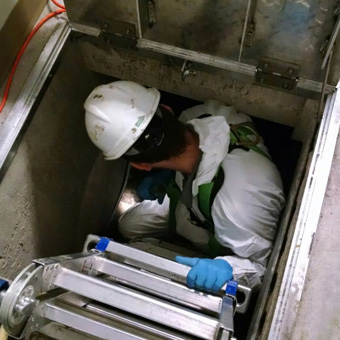
Building Practices that Reduce Risk of Termite Infestation
- Prepare the building site properly. The ultimate goal is not to have any wood scraps, stumps, form boards, wooden grade stakes, or other cellulose products under the building site. It is important to remove all form boards and stakes after the slab is poured and cured. Failure to adhere to this practice leaves a wood-soil contact providing termite’s easy access to infest.
- Do not bury scrap lumber, paper, or other cellulose debris in fill dirt under porches or other areas.
- For structures with crawlspaces ventilating and draining reduces the amount of moisture under homes and buildings. Humidity in crawlspaces can be reduced by installing proper vapor moisture barriers and ventilation to achieve a vapor barrier. Vapor barriers can be created by simply covering the soil with polyethylene sheets.
- Adequate ground clearance of at least 24 inches allows workers proper access to all areas, provides proper ventilation of the space, and access for future termite inspections. Proper inspection is essential to eliminating future termite damage. Too little clearance makes it is easier for termites to tube over the foundation to get to the wood.
- Termites are more likely to infest a structure if the soil around it is constantly moist. Make sure water drains away from the foundation and crawlspace. Install gutters and downspouts as appropriate to divert water around the foundation wall.
- Avoid direct soil-to-wood contact with any portion of the building! Even treated wood should not touch the soil. Pressure-treated wooden piling foundations are an exception.
- For buildings on slab foundations, make sure slabs are thick and high enough to prevent the lower edge of exterior siding from contacting the soil. Allow at least a 6-inch clearance. Keep in mind that accumulations of leaves, mulch, and soil tend to reduce ground clearance over time. Even if the siding itself is not susceptible to termites; it must not be allowed to contact soil or mulch because termites can enter the building behind the siding without being detected.
- Use termite-resistant treated lumber for sill plates and other areas that are especially susceptible to termite entry or wood decay.
- Prevent plumbing leaks or other water in crawl space. Drain condensation from air conditioners and other appliances to the outside of the house, not under the crawl space.
- Vent clothes dryer exhaust to the exterior of the building and not under the crawl space. Venting the clothes dryer into the crawl space results in excess condensation and moisture, which is favorable to termites.
- Be sure outdoor window ledges, porches, patios, walkways, and final landscape grade slope away from the building, so they do not funnel water against or into the building.
- Properly install roofing and flashing to avoid water leaks. Roof leaks can enable termites to survive and colonize structures above ground without soil contact.
- Avoid landscaping too near the foundation of the house, where digging will disturb the treated soil barrier or where mature plants will interfere with proper inspection. Vegetation traps moisture, which is attractive for termites.
- Mulching with shredded wood or bark chips around the foundation helps hold moisture and servers as a food source for termites. Based on studies cedar, cypress, and redwood mulches may somewhat resist termites at first but over time it’s still a food source. Termites prefer a solid piece of wood over mulch. Many experts suggest using no more than three to four inches.
Properly Pretreat Additions to Homes & Buildings
Be sure to properly pretreat additions to existing homes or buildings. Failure to pretreat additions is a common cause of termite infestation, often allowing termites to invade the original structure as well as the addition. Failure to pretreat additions properly may also void any termite contract on the original building.
The ultimate goal is a finished building that has reduced risk to any current or future attack from termite invasions. But these measures alone will not provide adequate protection.
Proper termite pretreatment is necessary to provide maximum protection against termite invasion. Get your peace of mind and protection now!
Call Pest Management of Texas, Inc. today to get your free pretreat quote!
For professional termite pretreatment services in Dallas, TX, or the surrounding area, contact the pest control experts at Pest Management of Texas, Inc. at (972) 495-2847. Our goal is for you to be safe and comfortable in your home.
We Specialize In All Types Of Business Including:
Apartments
Office Buildings
Government
Nursing Homes
Assisted Living
Contractors
Day Cares
Retail Stores
Multi-tenant
Churches
Grocery Stores
Warehouses
Restaurants
Schools
Hospitals
Food Distribution Warehouses
Hotels & Motels
Pest Management of Texas, Inc.
6316 Industrial Drive
Sachse, TX 75048

